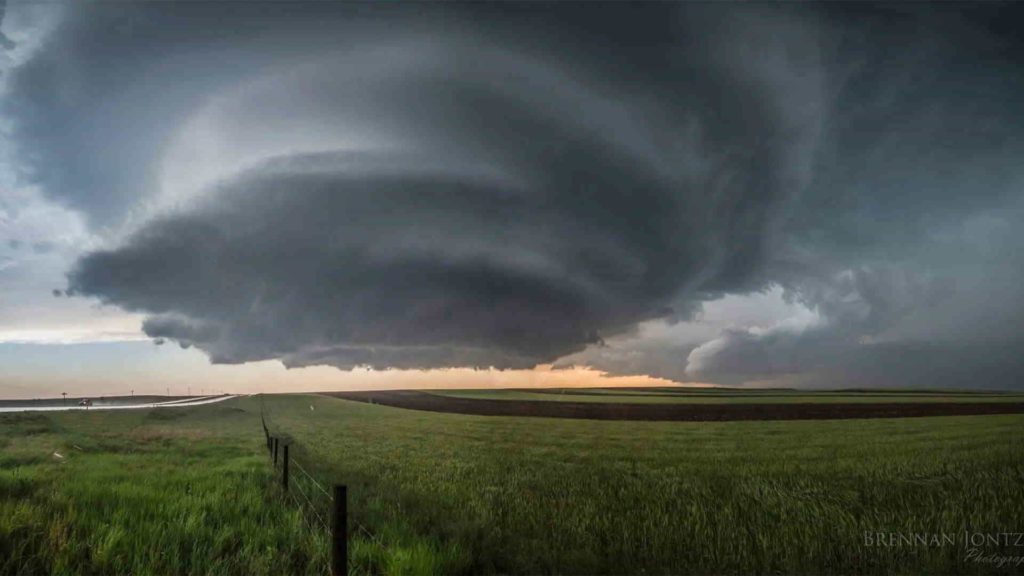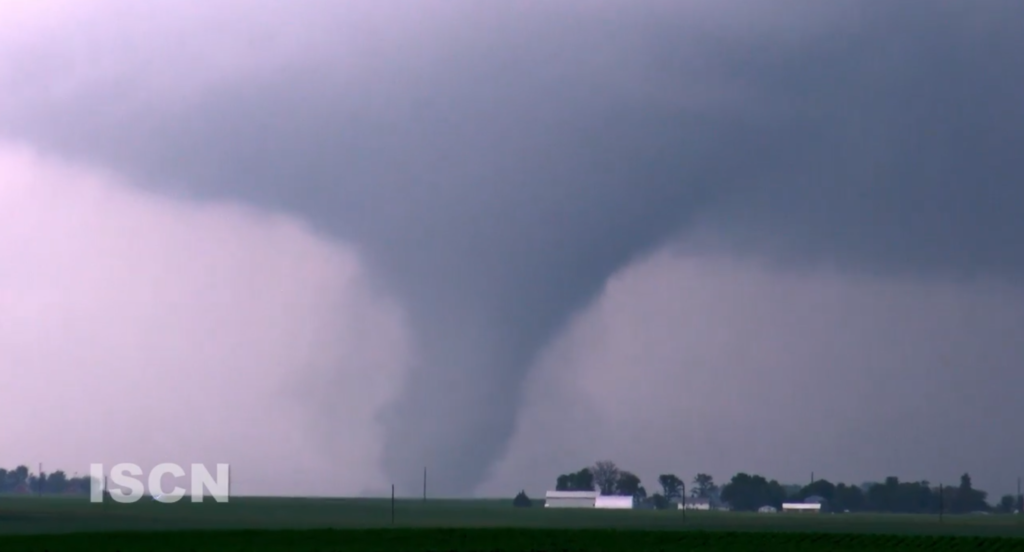Does Iowa Get Severe Weather? Unveiling the State’s Stormy Nature

When picturing Iowa, images of vast cornfields and idyllic landscapes often come to mind. However, beneath its tranquil exterior lies a state that experiences its fair share of severe weather. Nestled in the heart of the United States, Iowa finds itself at the confluence of various atmospheric conditions, making it prone to a range of intense weather phenomena. In this blog post, we will delve into the climatic characteristics of Iowa and explore the severity of its weather patterns.
Geographical Factors:
Situated in the Midwestern region of the United States, Iowa is characterized by its flat to gently rolling topography. While this geographical feature doesn’t directly influence severe weather, it plays a role in enabling certain atmospheric conditions to flourish. The absence of significant geographical barriers allows air masses to travel freely across the state, setting the stage for diverse weather patterns to develop.

Tornado Alley:
One of the most well-known aspects of Iowa’s severe weather is its location within the infamous Tornado Alley. Stretching across several states in the central U.S., including Iowa, Tornado Alley is known for its high frequency of tornado occurrences. Warm, moist air from the Gulf of Mexico often collides with cool, dry air from the Rockies, creating an environment ripe for tornado formation. While tornadoes can strike at any time, Iowa experiences a peak tornado season from late spring to early summer.
Are Tornadoes Frequent in Iowa?
Yes, tornadoes are relatively frequent in Iowa. Iowa is located within Tornado Alley, a region in the central United States known for its higher occurrence of tornadoes compared to other parts of the country. The combination of warm, moist air from the Gulf of Mexico colliding with cooler air masses from the Rockies creates an environment conducive to tornado formation.
Iowa typically experiences a peak tornado season from late spring to early summer, although tornadoes can occur at any time of the year. During this period, the state sees an increased frequency of severe thunderstorms and tornado outbreaks. The tornadoes in Iowa can range in intensity, from weak and short-lived ones to more significant and long-lasting tornadoes.
It is worth noting that while tornadoes can cause significant damage, they are relatively localized weather events. Not all areas of Iowa experience tornadoes with the same frequency. Some regions may witness more tornado activity than others. Additionally, advancements in weather forecasting and warning systems have significantly improved over the years, allowing residents to receive timely alerts and take necessary precautions in the event of severe weather, including tornadoes.
Thunderstorms and Hail:
Iowa is no stranger to thunderstorms. The state experiences a significant number of thunderstorm events throughout the year. These storms often bring heavy rainfall, strong winds, lightning, and occasional hail. Thunderstorms can occur in any season, but they are more prevalent during the warmer months when instability in the atmosphere is heightened. Hailstorms, in particular, can be destructive, causing damage to crops, vehicles, and property.
Flooding:
Iowa’s topography and extensive network of rivers make it vulnerable to flooding. Heavy precipitation, especially during the spring and summer months, can overwhelm rivers and cause them to breach their banks. In recent years, Iowa has witnessed devastating floods that have damaged homes, infrastructure, and agricultural lands. Flooding poses a significant threat to both rural and urban areas of the state.
From tornadoes to thunderstorms, hailstorms to winter storms, and flooding to blizzards, the state experiences a wide range of extreme weather conditions throughout the year. It is crucial for residents to remain prepared and informed about weather forecasts, as well as to take appropriate safety measures when severe weather threatens.